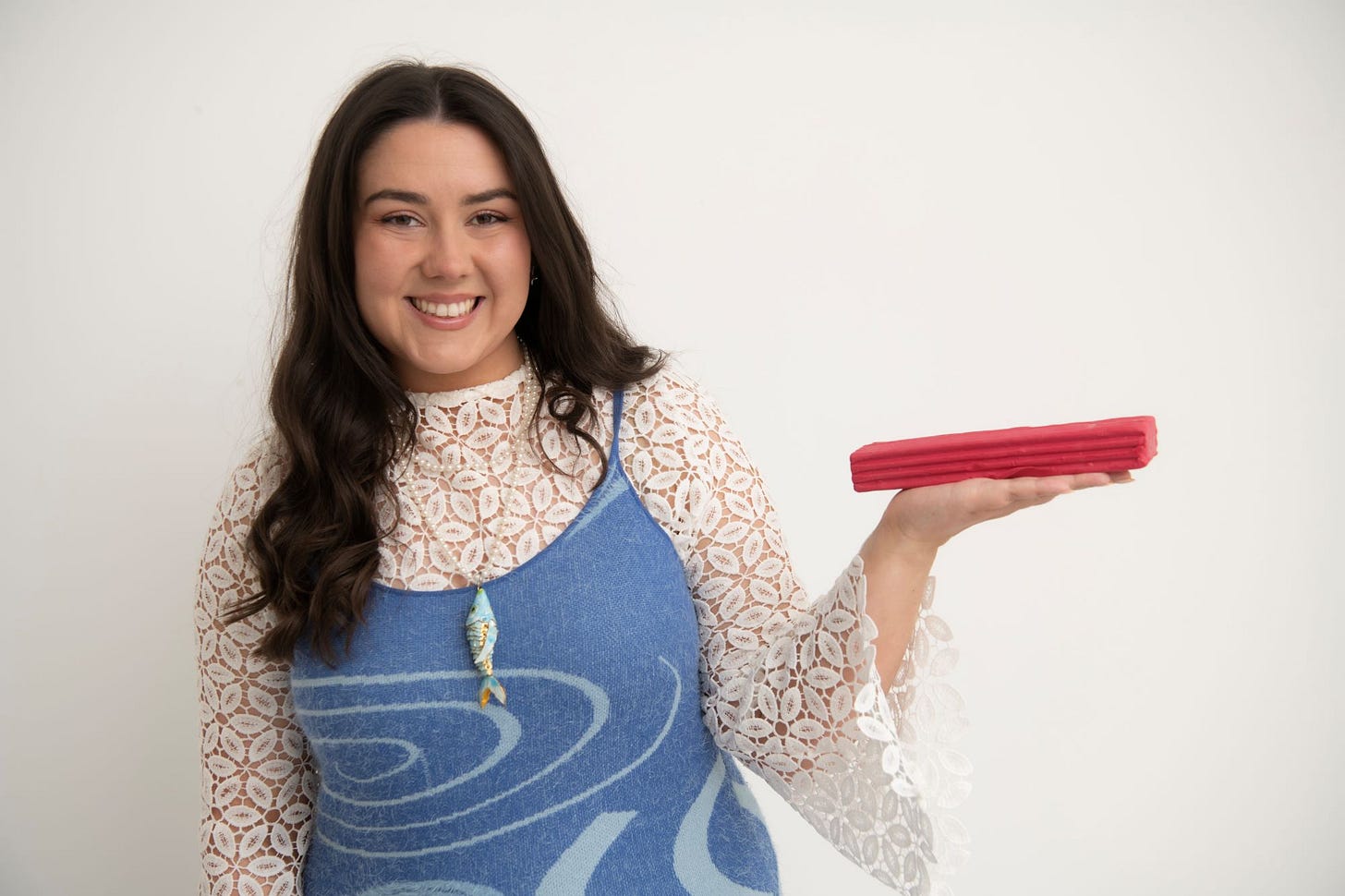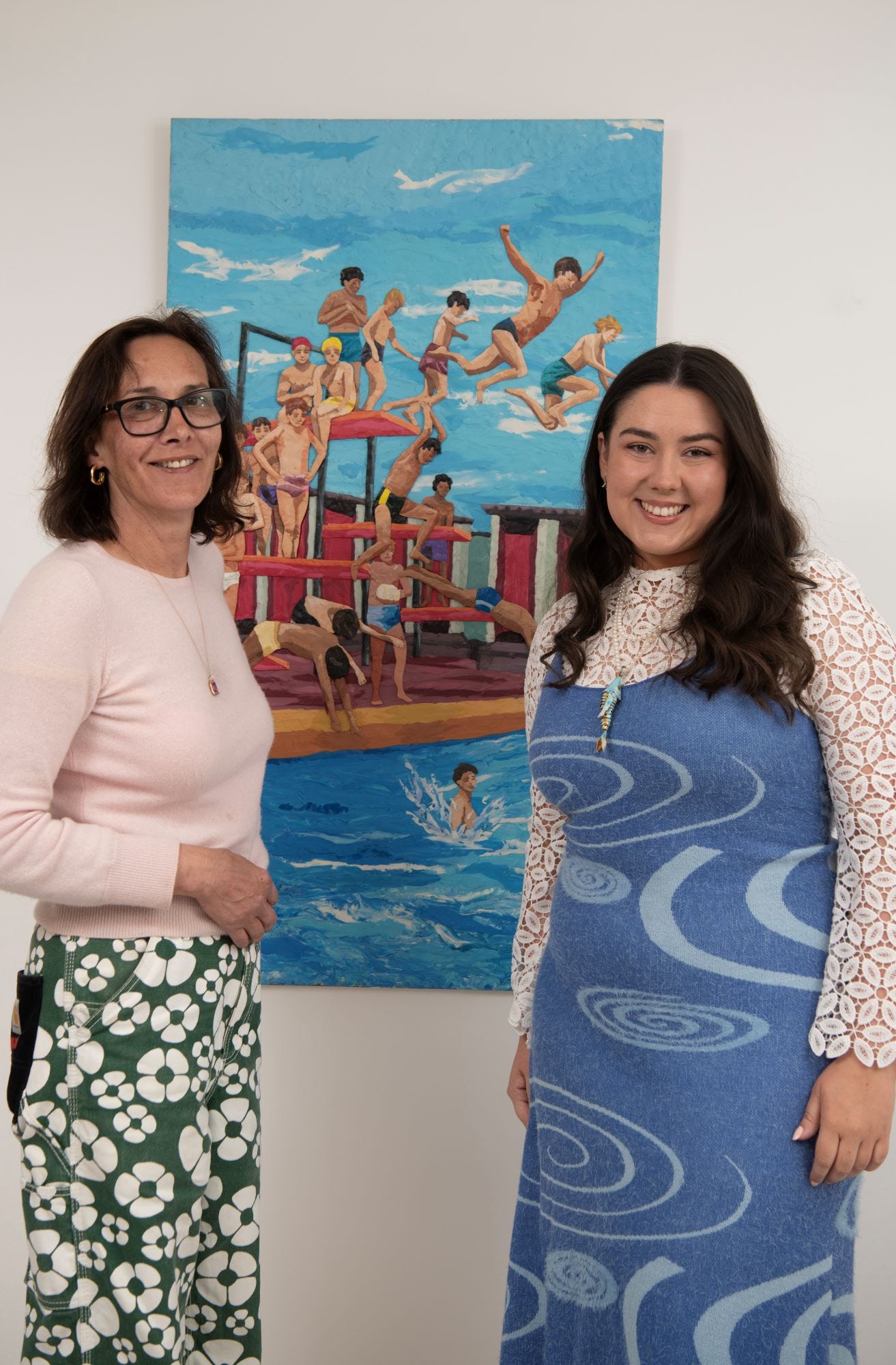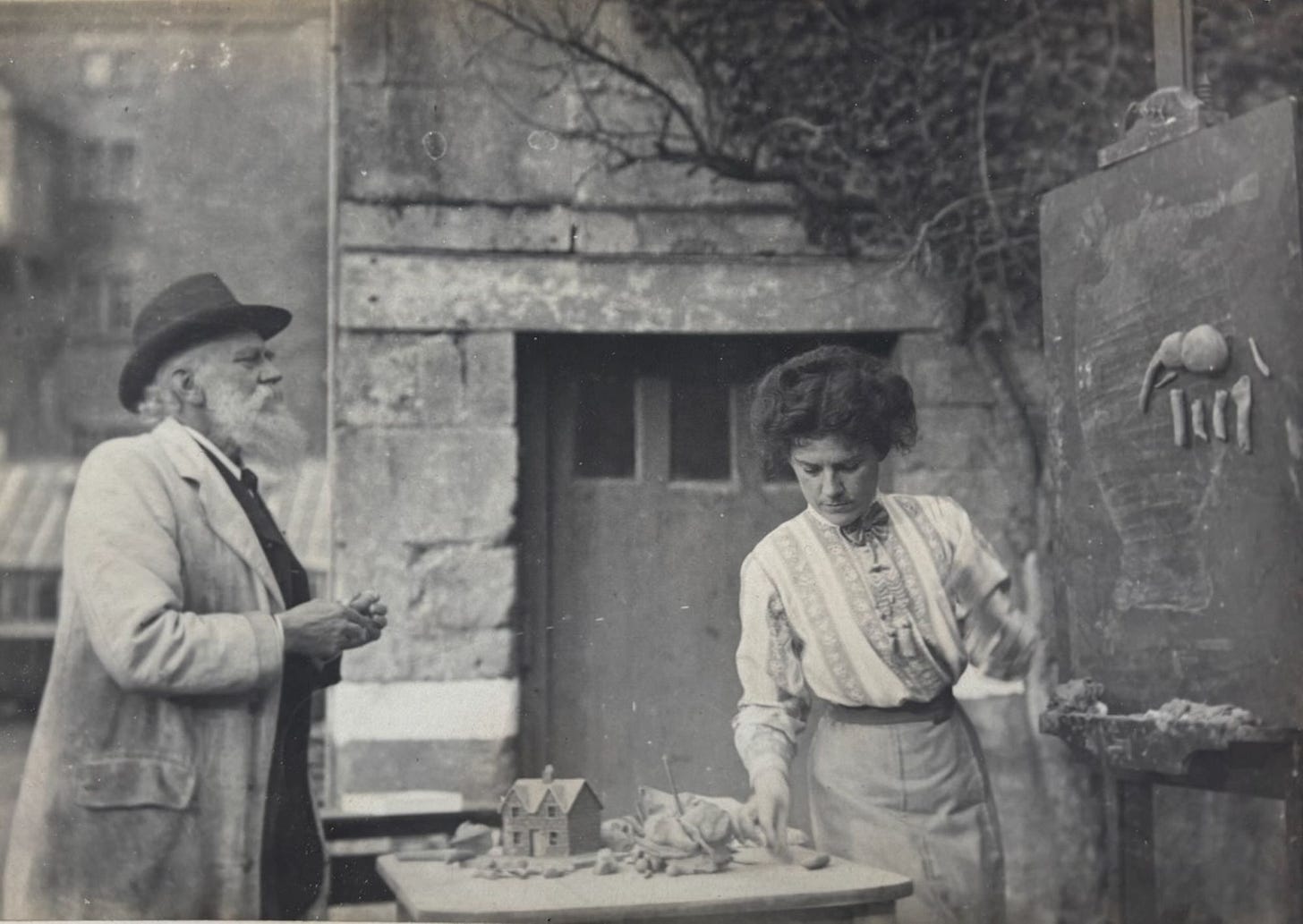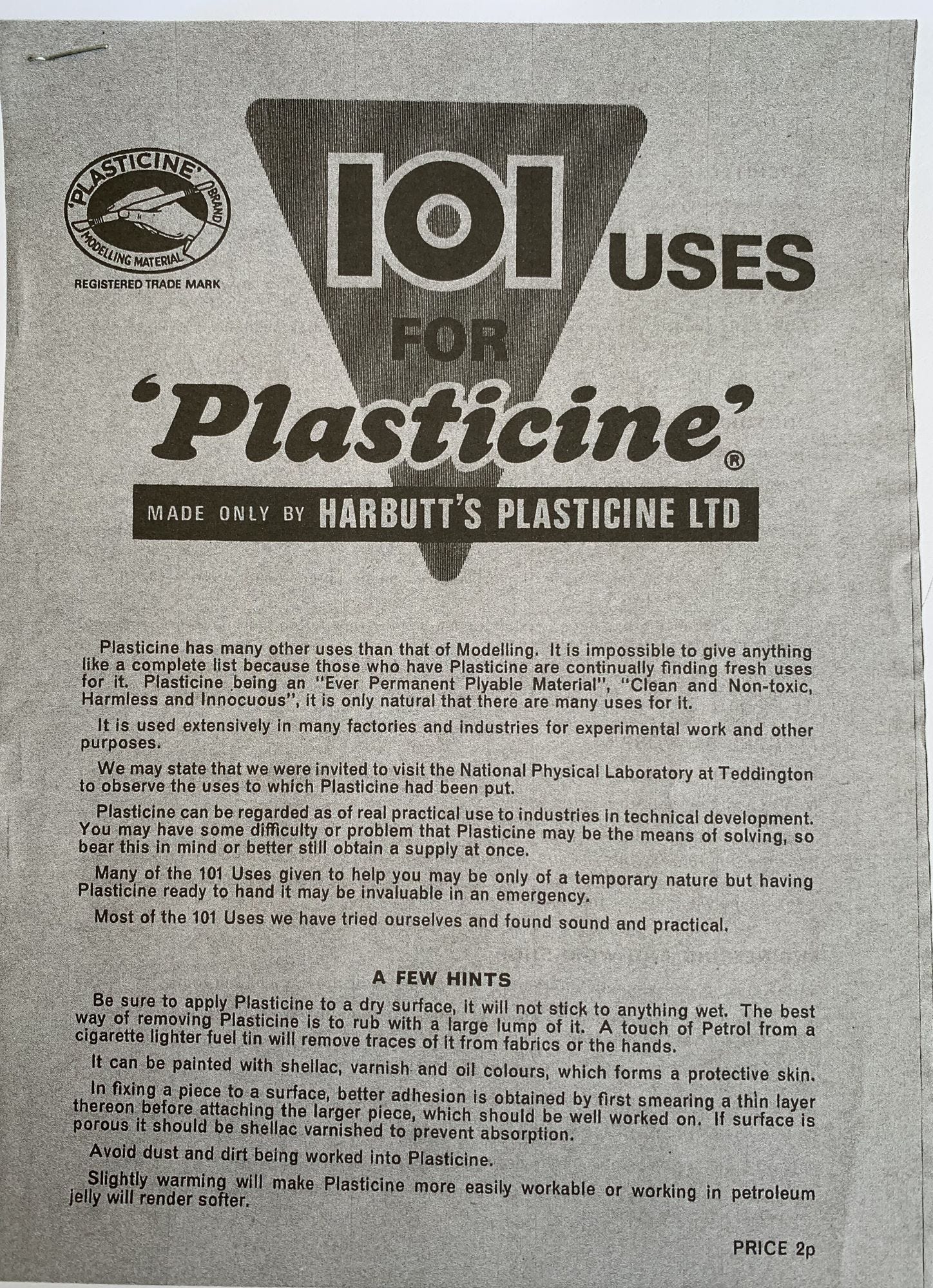North Shields gallery honours local Plasticine inventor
The Globe and artist Kitty McKay to pool resources
The Globe Gallery’s Plasticine project has been simmering for decades but is now proceeding apace with an exhibition planned for September as part of North Shields’ 800th anniversary celebrations.
Funding has been allocated by Historic England via the Linskill Trust to this and another North Shields 800 project led by nearby Helix Arts.
Globe director Rashida Davison said: “I’m absolutely delighted that this can now happen. It has been such a long time coming.
“Plasticine is an amazing material for creativity and it’s something that was just there in all our childhoods.”
Rashida was first alerted to the fact that Plasticine inventor William Harbutt was born in North Shields when she opened her gallery in an old shoe shop on Howard Street.
Friends who had moved to Bath wrote to her, saying they had encountered him – or at least a bust of him – in a museum in the city.
That was in 1994. Rashida’s gallery has since been on its travels, occupying various locations in Newcastle before returning recently to its original site.
Had she foreseen any of this, Rashida might have called it the Boomerang Gallery - but Globe was chosen because it had been the name of the shoe shop. In the light of this latest project, it is highly appropriate.
Plasticine is famous all over the world, loved by artists as a modelling clay and by children as a plaything.
Although he was born in North Shields in 1844, William Harbutt moved to the West Country and became head of Bath School of Art & Design before opening his own art school with his artist wife, Elizabeth.
William was in his fifties when he invented Plasticine as a modelling material for his students that wouldn’t dry out and crumble.
He subsequently patented it and opened a factory in the village of Bathampton – and then travelled widely to promote his product and speak about the benefits of allowing children to express themselves freely through art.
It’s certainly versatile. A Pathé newsreel film from 1958 shows William’s daughter, Olive, ‘painting’ with her father’s famous invention to jingly music and a period plummy voiceover.
Olive was a talented artist. For some 25 years Rashida has owned a piece by her, a dramatic frieze called The Winged Steeds of Time – though made out of plaster rather than Plasticine.
Artist Kitty McKay, who is leading in the Globe Gallery project, is following in the Olive Harbutt tradition.
She exhibited Plasticine paintings during her graduation show at Newcastle University a couple of years ago, choosing an outdoor swimming pool or lido as her subject.
That’s the theme she will be exploring in North Shields in relation to the old Hawkeys Lane baths which, from early last century until the late 1960s, held the promise of a bracing outdoor swim.
The Globe is currently soliciting memories of the baths, long since demolished, from those who might remember – perhaps fondly - its rudimentary facilities and Arctic temperatures.
“We’re planning an installation but Kitty will be working with members of the community, first gathering stories and then running workshops where participants will be visualising those memories in Plasticine,” said Rashida.
As a foretaste of what’s to come, Kitty led similar workshops in March aimed at making Plasticine flowers which bloomed in abundance in the gallery bridge at Tynemouth Station.
Recently Kitty and Rashida travelled to Bath to meet William Harbutt’s great granddaughter, Robbie Mathews, and to visit the bust in the city’s Victoria Art Gallery.
Modelled in Plasticine (of course) before being cast in bronze, it was made in 1911 by Edwin Whitney Smith, one of William Harbutt’s pupils. It was presented to the gallery by Elizabeth.
The trip gave Kitty and Rashida a chance to delve into the Harbutt archives, finding out more stories about the versatile product.
“101 uses for Plasticine” trumpeted one bit of marketing material – but they surely can’t have predicted an Oscar winning film courtesy of Plasticine characters Wallace and Gromit and Bristol-based Aardman Animations.
William Harbutt died during a 1921 trip to New York but his Plasticine, though manufactured overseas following the closure of the Bathampton factory in 1983, continues to inspire to this day… as you will see when the exhibition opens at the Globe Gallery in the autumn.
The Helix Arts project, meanwhile, will see pupils in five schools working with an artist to create new artworks expressing their vision for the future of North Shields but informed by its past.
The schools taking part in the Shiels’ Cultural Ambassadors project are Percy Main Primary School, Christchurch C of E Primary School, Collingwood Primary School, Spring Gardens Primary School and St Thomas More Catholic High School.







